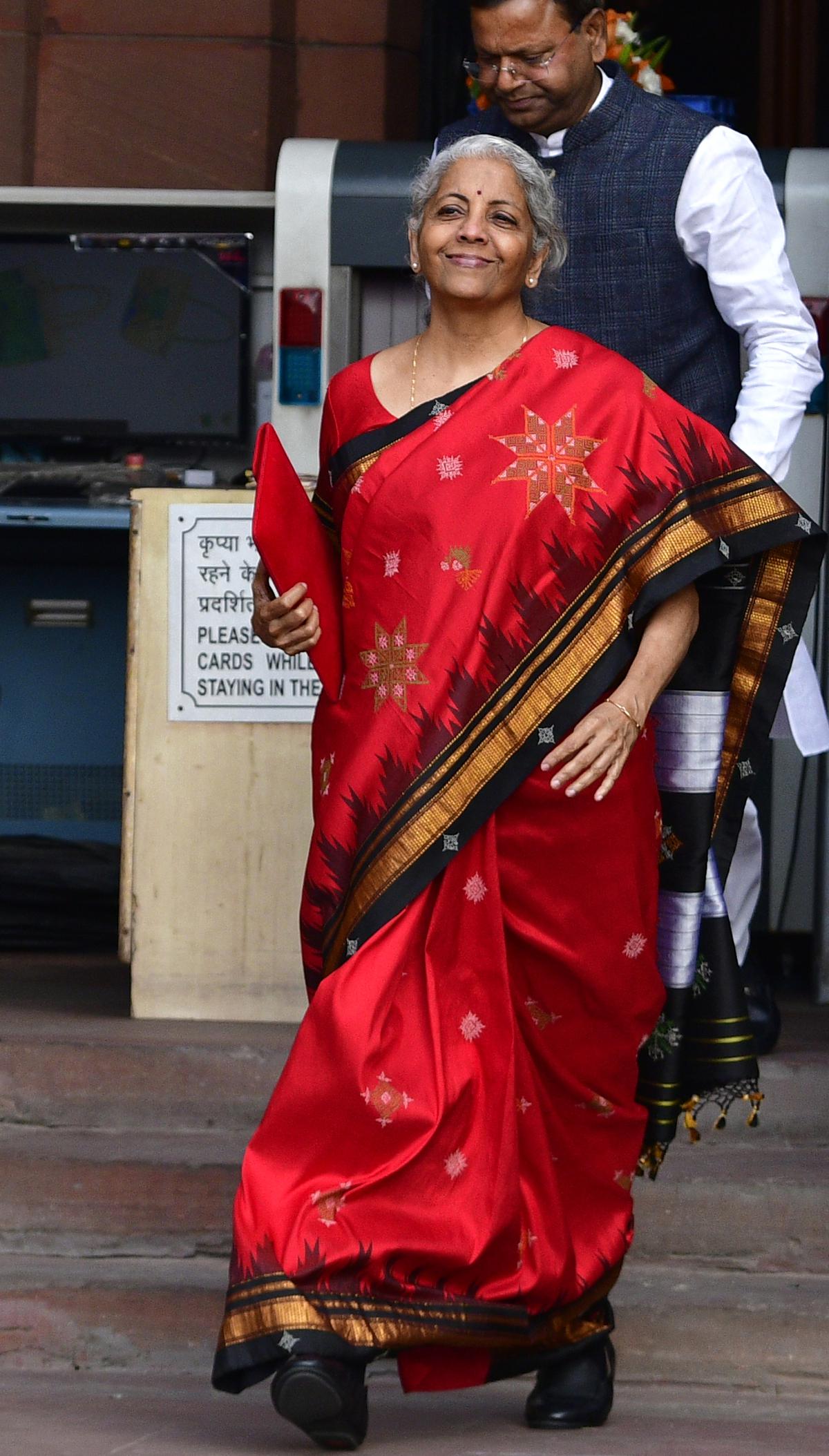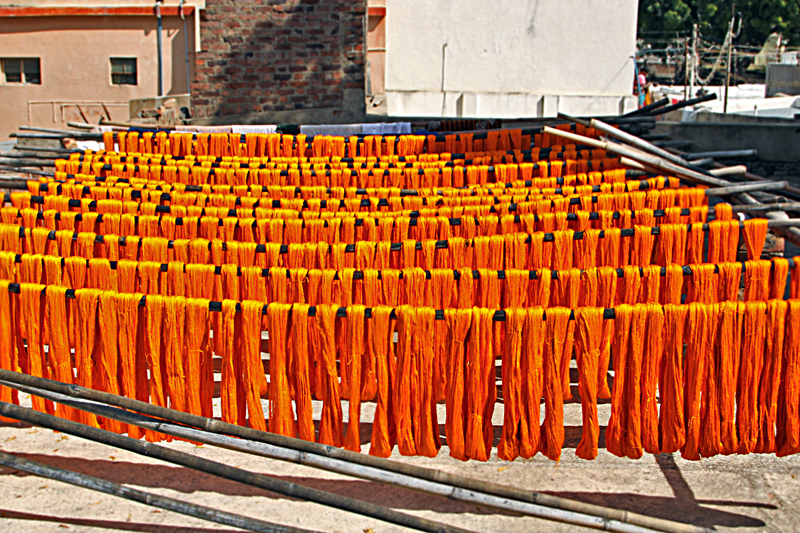Ilkal Sarees are found almost everywhere, from the small towns in Maharashtra to North Karnataka. A special Ilkal saree with Kasuti embroidery was seen on our Finance Minister, Ms Nirmala Sitharaman while she was presenting the Union Budget in February. So, let’s find out what is so special about Ilkal sarees that are made in Ikkal, Karnataka.

History and Weaving Centre of Ilkal Saree

The town of Ilkal has a rich history as an ancient weaving centre, with its roots dating back to the 8th century AD. The development of these exquisite sarees can be credited to the support and patronage offered by the local chieftains residing in and around Bellary. One of the primary factors contributing to the widespread popularity of Ilkal sarees in Maharashtra and Andhra Pradesh states is their distinctive location in central Karnataka. Ilkal, a small town situated in the South-East part of Bagalkot district, Karnataka, showcases a remarkable blend of groundedness and vibrancy in its traditional attire. While the summers in Ilkal can be scorching hot, the winter’s offer a pleasant climate. Renowned as an ancient weaving center, Ilkal is particularly famous for its exquisite hand-loom sarees. The primary livelihood of the locals is derived from the export of “Red granite,” which is in high demand globally. However, for generations, Ilkal sarees have remained a significant secondary source of income for the community. The availability of local raw materials has played a crucial role in fostering the growth of this saree tradition.
Weaving an Ilkal Saree
The art of weaving Ilkal sarees thrives in the villages of Kolhar, Ilkal, Kamatgi, and Nidagundi, nestled within the Bijapur district of Karnataka. One remarkable aspect of these sarees is the specially woven pallu, which showcases an exquisite combination of red and white threads. Typically, Ilkal sarees boast a captivating colour palette, including shades of dark indigo, purple, red, and green, adorned with traditional pallu styles. The body of the saree is skillfully joined with the pallu using a technique known as “kondi.” These sarees feature intricate patterns with motifs inspired by centipedes, dots, and triangles. Moreover, the pallu exhibits a distinctive cross border design in white, spanning across the width between the two borders. The weaving of Ilkal sarees predominantly takes place indoors and is predominantly a household enterprise, actively involving the participation of female members.

Designs of Ilkal Saree

Ilkal sarees are a delight for the senses, known for their unique craftsmanship and distinct features. The special “Tope Teni” technique weaves together the body and pallu warp, creating a seamless blend. Each saree is meticulously prepared with separate threads for the body, pallu, and border. The pallu showcases exquisite patterns inspired by temple towers, gracefully woven in red silk with intricate white designs. The joining of pallu and body threads using the looped “Tope Teni” technique adds to their allure.The saree’s main body offers a variety of designs, from classic stripes to geometric shapes or plain elegance. What truly stands out is the broad border, ranging from 4 to 6 inches, adorned with contrasting colours. Traditional border styles like “Gomi,” “Paraspet,” “Gaadi,” “Jari,” and modern “Gayathri” add a touch of charm to these timeless creations.

Ilkal sarees are available in various fabric options, including cotton, a cotton-silk blend, or pure silk. The body of the saree can be in a dark or vibrant colour, either plain or adorned with small checks known as “tirki” that run along its length. For bridal wear collections, a unique shade called “Giri Kumkum” is used, symbolising sindoor—a red dot worn on the forehead by priests in the region.Creating a masterpiece saree on a handloom requires dedicated effort, taking anywhere from three to seven days, depending on the design and pattern. Ilkal sarees are versatile, serving as both daily wear and attire for festive occasions. To enhance their festive appeal, the body and pallu of the saree are sometimes adorned with Kasuti embroidery, an influence drawn from the nearby Dharwad region. The combination of exquisite weaving techniques, rich colours, and intricate embellishments make Ilkal sarees a true embodiment of traditional elegance.

Ilkal Sarees are not too popular in the country, so to popularise the sarees, the Bagalkot district administration had emerged with a plan with the handloom industry to do the deed. In collaboration with The National Bank for Agriculture and Rural Development (NABARD) and the Tourism Department, the district administration has undertaken an initiative to train guides at UNESCO-protected monuments. These guides have been equipped with knowledge about the manufacturing process of the Geographical Indication (GI)-tagged sarees. Their role is to provide insightful information to visitors, enlightening them about the intricate craftsmanship involved in creating these unique sarees. This joint effort aims to promote awareness and appreciation of the cultural heritage and significance of the GI-tagged sarees, enriching the overall visitor experience at these historical sites.
These exquisite sarees continue to grace festive occasions and daily lives of the people of Karnataka and Maharashtra. The craftsmanship and their intricacies mark the beautiful heritage of this artform. Ilkal sarees are not just garments; they are living art forms that encapsulate the skill, tradition, and cultural essence of Karnataka. This textile tradition along with many other khana weaving and kasuti embroidery suggests the vibrant essence of the people of Karnataka that needs to be shared and cherished for a long time.

Contributor





